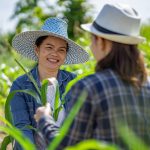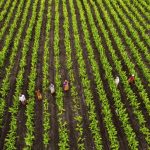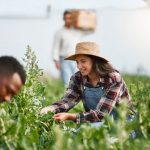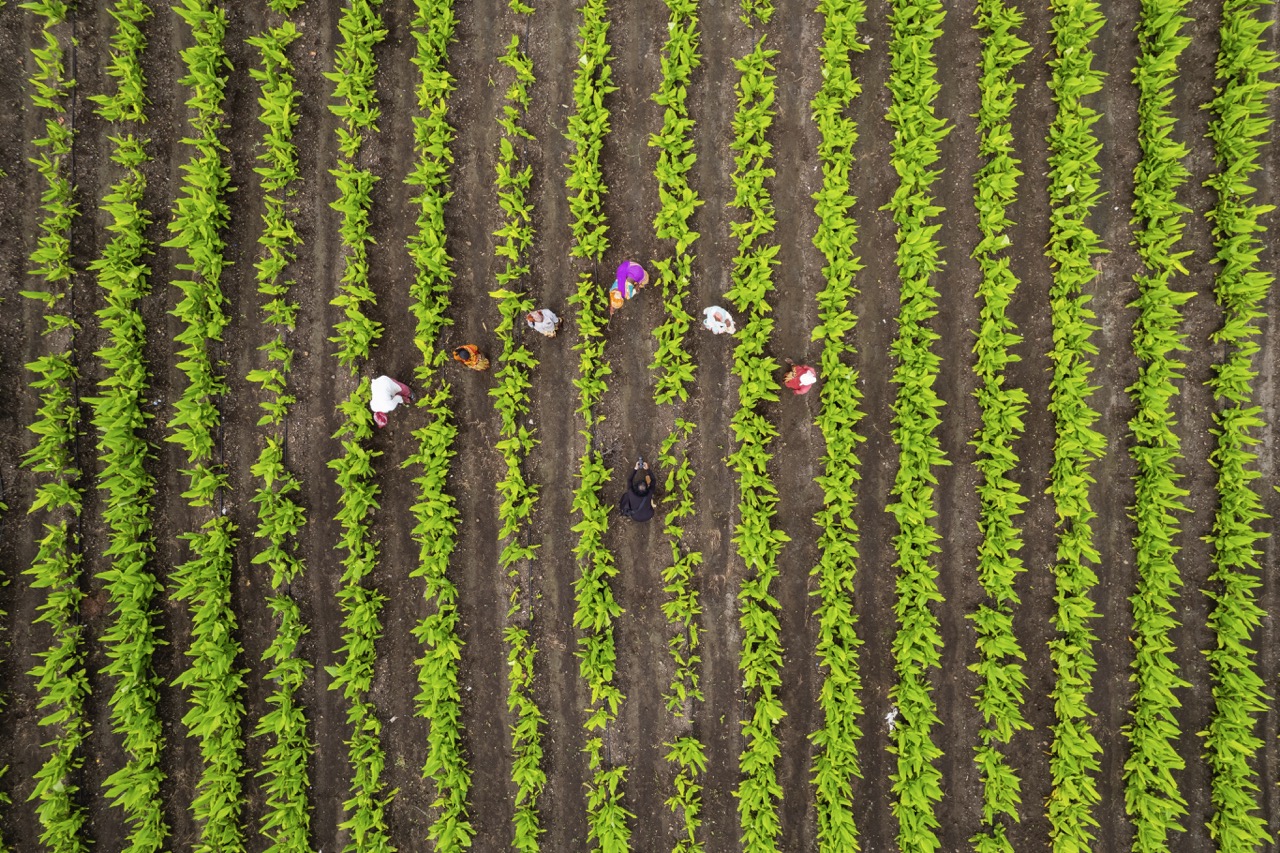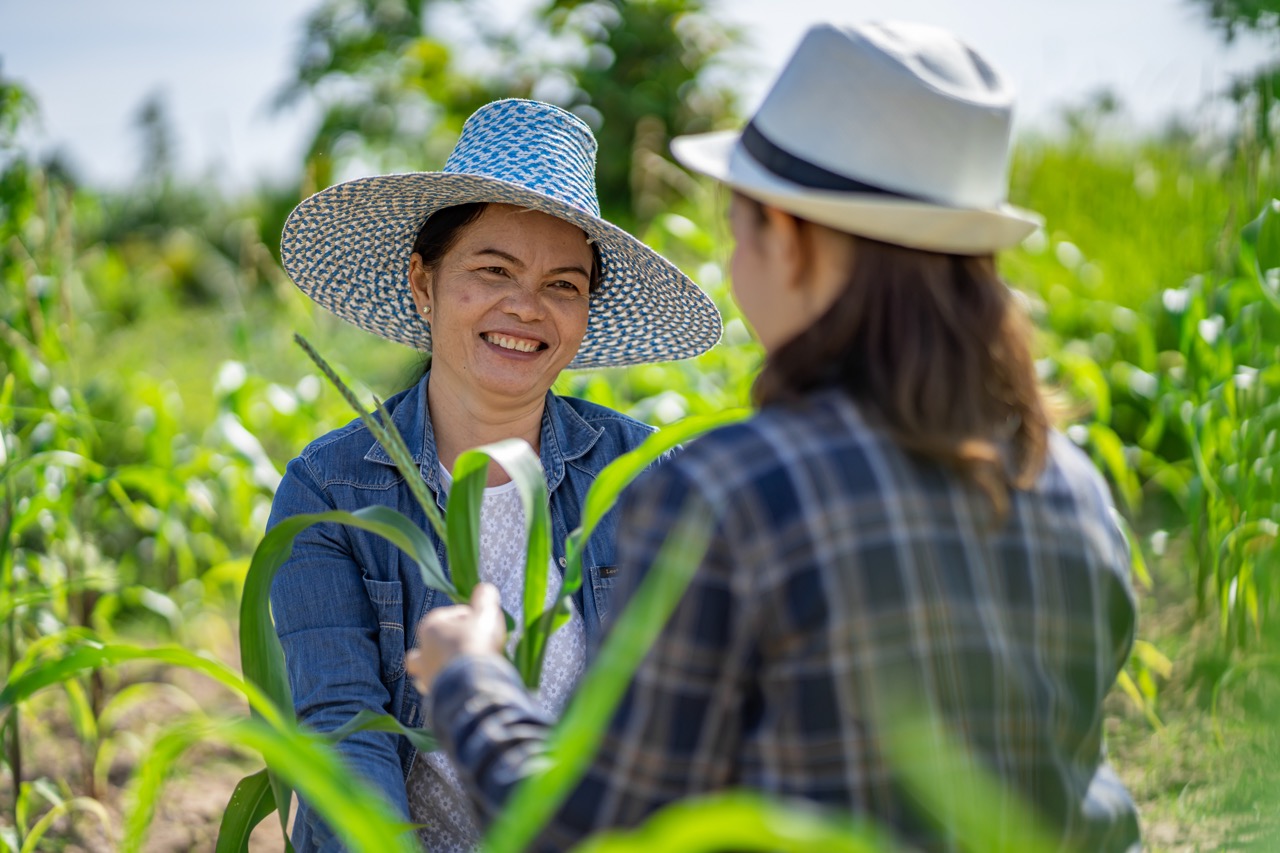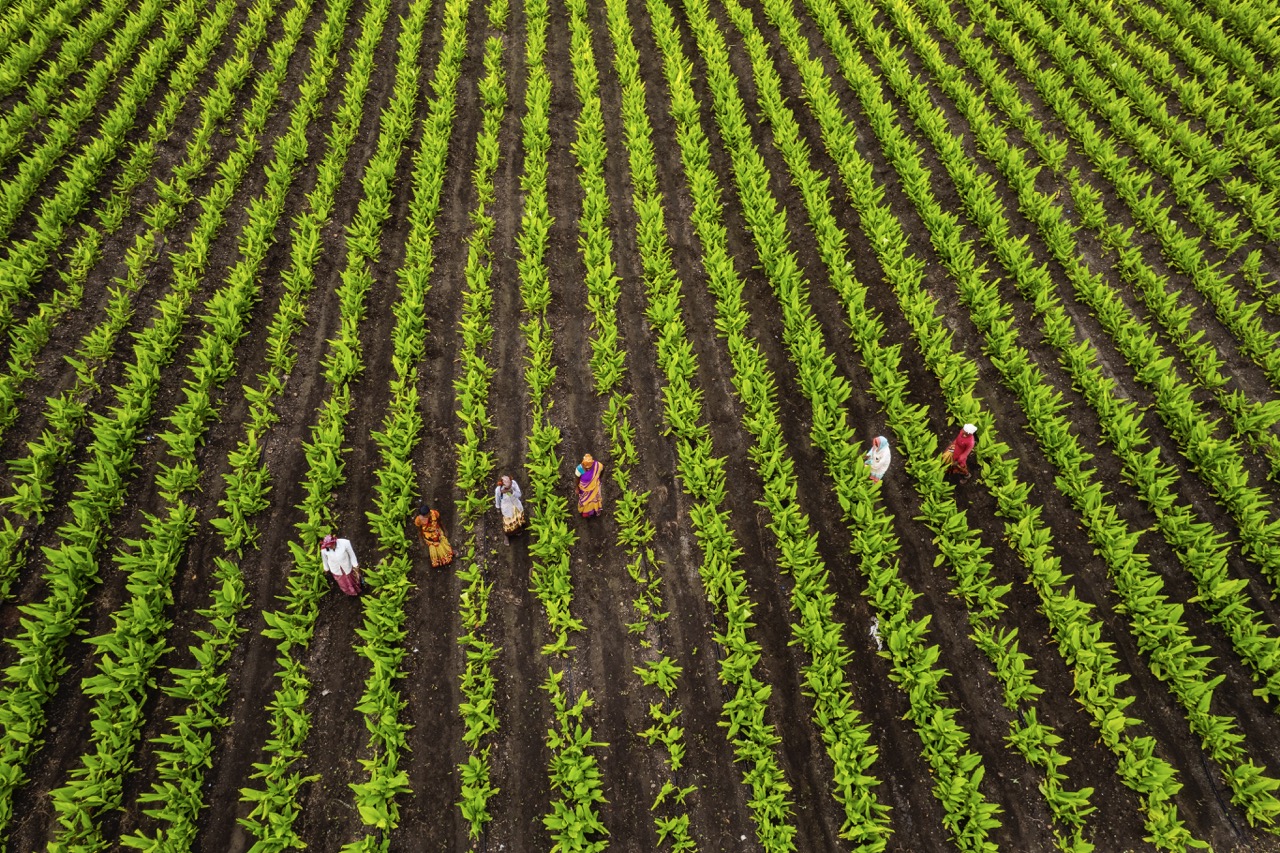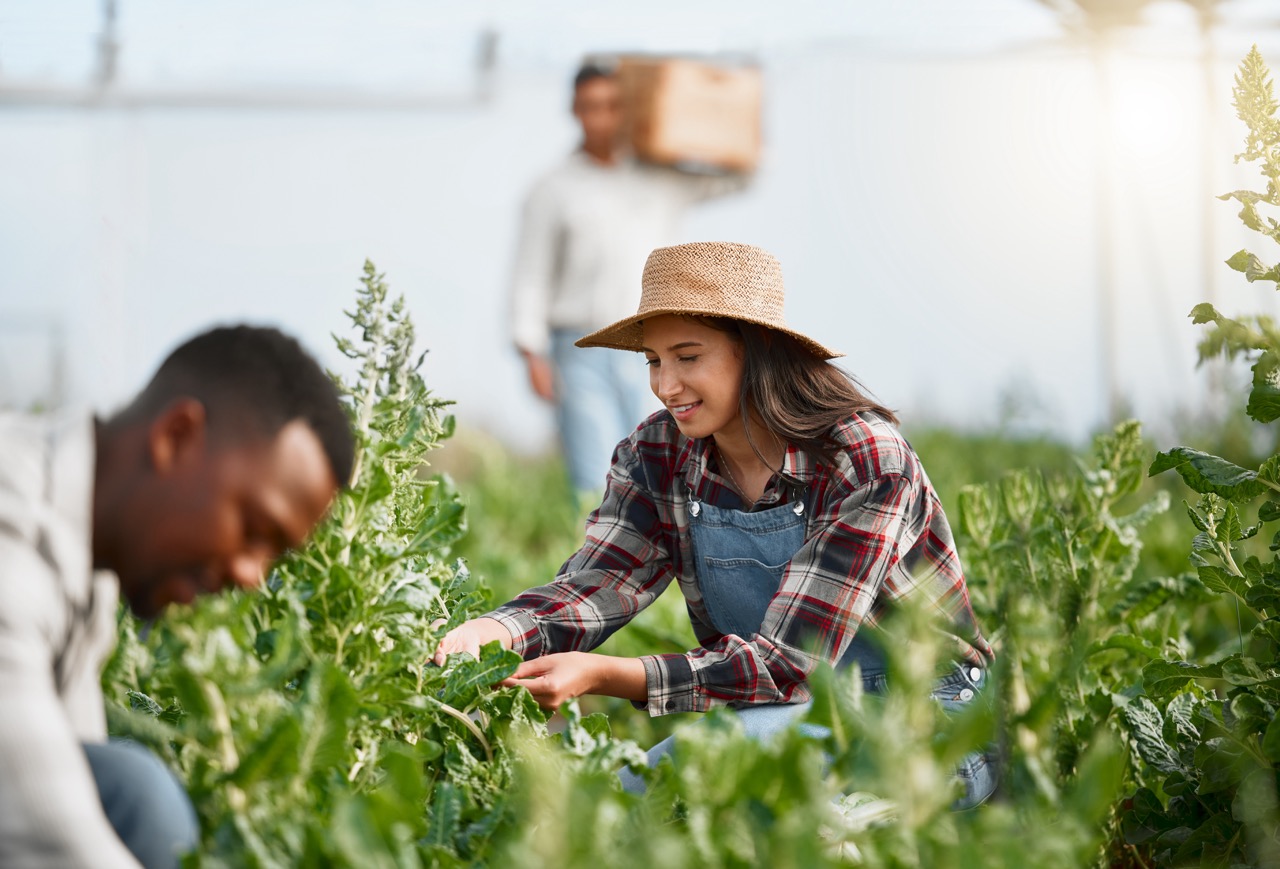Sharecropping has historically been seen through a critical lens, often associated with exploitation and economic dependency. However, in recent years, a renewed examination of this agricultural practice reveals that it can also serve as a stepping stone to financial independence for many farmers. By providing access to land, resources, and a supportive network, sharecropping can empower farmers to build wealth and cultivate a sustainable future. This article delves into the nuances of sharecropping, highlighting its potential benefits, real-life success stories, and strategies that can help farmers navigate the challenges inherent in this system.
Understanding Sharecropping: A Path to Financial Stability
Sharecropping is an agricultural system where a landowner allows a tenant, often a farmer, to use the land in exchange for a share of the crops produced. This practice emerged as a response to the labor shortages following the American Civil War and has since adapted to various agricultural economies around the world. While it has faced criticism for perpetuating cycles of debt and dependency, sharecropping can also offer a viable path to self-sufficiency for farmers who lack capital to purchase land outright.
The model allows farmers to access previously unavailable resources, such as land and farming equipment, enabling them to grow crops and generate income. While sharecroppers typically owe a significant portion of their harvest to the landowner, the remaining share can provide much-needed income to invest in their farming operations or other business ventures. This gradual accumulation of resources can lead to improved financial stability over time, as farmers learn to manage their income and expenses more effectively.
Moreover, sharecropping often comes with support from the landowner, who may provide guidance on agricultural practices, access to markets, and networking opportunities. This mentorship can be crucial in helping farmers develop their skills, build relationships, and navigate the complexities of agricultural business. As farmers gain experience and confidence, they may find themselves in a better position to negotiate terms or even transition to owning their land.
The Economic Benefits of Sharecropping for Farmers
The economic benefits of sharecropping can be substantial, particularly when farmers leverage the opportunities it presents. For many sharecroppers, it represents a low-risk entry point into agriculture. Without the burden of purchasing land, farmers can focus their limited resources on improving crop yields and expanding their agricultural operations. This can lead to higher profits and, over time, greater financial independence.
Additionally, sharecropping allows farmers to experiment with different crops and farming methods without the long-term financial commitment of land ownership. This flexibility can lead to increased resilience, enabling sharecroppers to adapt to changing market conditions and consumer preferences. As they refine their practices, farmers can enhance their productivity, maximizing the return on their investment in seeds, equipment, and labor.
Furthermore, sharecropping can facilitate access to credit and loans that may be otherwise unavailable to independent farmers. Financial institutions often view sharecropping arrangements as less risky due to the established relationship between landowners and tenants. This access to credit can help sharecroppers invest in better technology, diversify their crop production, and ultimately increase their chances of achieving financial independence.
Success Stories: Sharecroppers Achieving Independence
Across the globe, numerous sharecroppers have successfully transitioned from dependence to independence, proving that this system can foster economic growth. For instance, in parts of the southern United States, sharecroppers have banded together to form cooperatives. By pooling resources and sharing knowledge, these farmers have increased their bargaining power, improved crop yields, and collectively marketed their produce. Many have eventually transitioned from sharecropping to owning their land, showcasing the potential for upward mobility within this structure.
In West Africa, some sharecroppers have utilized their share of crop yields not just for subsistence but to invest in education and new agricultural technologies. Through initiatives focused on sustainable farming practices, these farmers have improved their harvests while gaining the skills necessary to manage their own plots effectively. Several have documented their journeys, highlighting how sharecropping served as a launching pad for establishing independent farming operations and supporting their communities.
Moreover, the rise of digital platforms that connect farmers to markets has transformed the landscape for sharecroppers. Farmers can now access information about market prices, weather forecasts, and farming techniques online, empowering them to make informed decisions. Success stories from regions embracing technology illustrate how sharecroppers can optimize their yields and profit margins, ultimately achieving greater financial independence.
Overcoming Challenges: Strategies for Financial Growth
Despite the potential benefits of sharecropping, farmers often confront significant challenges that can hinder their path to financial independence. To overcome these obstacles, education and training play pivotal roles. By equipping sharecroppers with knowledge about sustainable farming practices, financial management, and marketing strategies, they can optimize their operations and increase their economic resilience.
Another key strategy involves cultivating strong relationships with landowners and local agricultural organizations. Open dialogue can lead to better terms in sharecropping agreements, ensuring that farmers retain a fair proportion of their harvest. Additionally, connecting with local cooperatives or agricultural associations can provide farmers with opportunities for collaboration, resource sharing, and access to essential services like legal assistance, which can empower them to advocate for their rights.
Finally, diversifying income streams can be crucial for sharecroppers seeking financial independence. Engaging in value-added practices, such as processing crops or offering agritourism services, can enhance profitability. By exploring alternative markets and expanding their offerings, sharecroppers can build resilience against fluctuations in commodity prices, ensuring a more stable financial future.
In conclusion, while sharecropping may carry historical baggage, it has the potential to provide a pathway to financial independence for many farmers. By understanding the economic benefits, learning from success stories, and employing effective strategies to overcome challenges, sharecroppers can carve out a sustainable future. By fostering an environment of support and collaboration, communities can empower these farmers, ultimately leading to more robust agricultural economies and greater financial stability for individuals and families alike.
